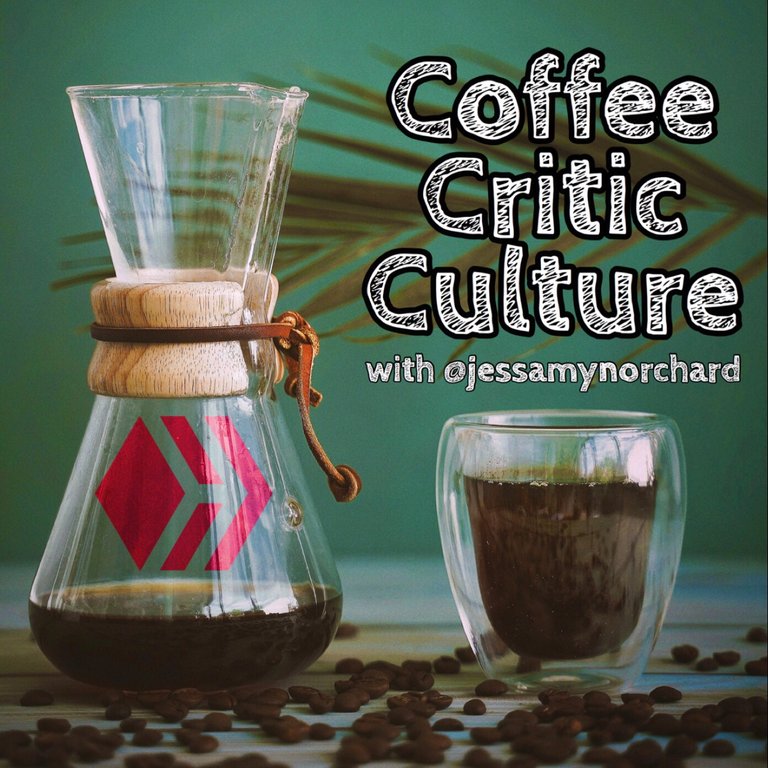
Today’s coffee is the Ethiopia Bensa Bombe from Onyx Coffee Lab in Fayetteville AR.

Onyx Coffee Lab churns out some of the most notable Third Wave coffee in recent times. They are constantly scoring at the top of the roasting charts around the United States and the world. They also produce and train some of the most talented baristas in the country and arguably the world, as well. The current US National barista champion is a trainer at Onyx. They select high-quality green coffee to roast and purchase above market value with excellent and transparent relationships with farmers all over the world.
They know their stuff.
This single-origin Ethiopia Bensa Bombe is a Kenya-Washed process coffee, grown at an elevation of 1900 meters above sea level. The higher elevation of this coffee boasts a modern cup with tasting notes of grapefruit, hibiscus, guava, and black tea. The profile is literally my dream profile for a cup of coffee, so when I ordered it, I waited with eager anticipation for it to arrive so I could try it. As soon as it arrived, I prepped some of it in my Chemex. Thus began my scientific journey into the complexities of this underwhelming coffee.
That said, I wish I liked this coffee more than I do. It scored an 85 in my standard cupping a few weeks ago, but no matter what I seem to do, I can’t achieve the tasting notes on this bag of coffee. I’m almost all the way through my 12 ounces, and I’m still left feeling a bit disappointed. I’d be interested in reading other reviews on it, because the coffee sold out on their website, and once this bag is gone—my experiments will be over, and I may never have achieved the optimal output from this cup.
Don’t get me wrong, I like the coffee, but I feel like I should love it, and I just don’t.
So far, I have prepared this coffee manipulating many variables via Chemex. Aeropress, cold brew, and in a standard, run-of-the-mill Mr. Coffee drip coffee maker. For the bag price at a whopping $22.50/12 oz., I wish I didn’t actually prefer it in cold brew—since that method eats coffee alive with its 1:2 coffee-to-water ratio.
In the Chemex, I have tried it at various grind sizes. At a fine grind, it has a nice oil layer—but it also smells almost sweaty. Musty, even. While that can actually turn out into a nice coffee (weird, I know), it seemed to linger even into the nose of the cup to the point that while I didn’t actually taste the must, it still felt almost like a taste because the smell lingered in my nose.
At a coarser grind, in the Chemex, it’s a pretty cup—but the musty aroma is still present, and while the light reddish-colored coffee would suggest a fruity flavor (what I expected), it just generally under-delivers with a lackluster flavor.
Look, it’s not a bad coffee. It’s just a complex coffee that I believe takes some special effort to make it a good coffee. In a regular preparation, it’s just an okay coffee.
Here’s what I mean:
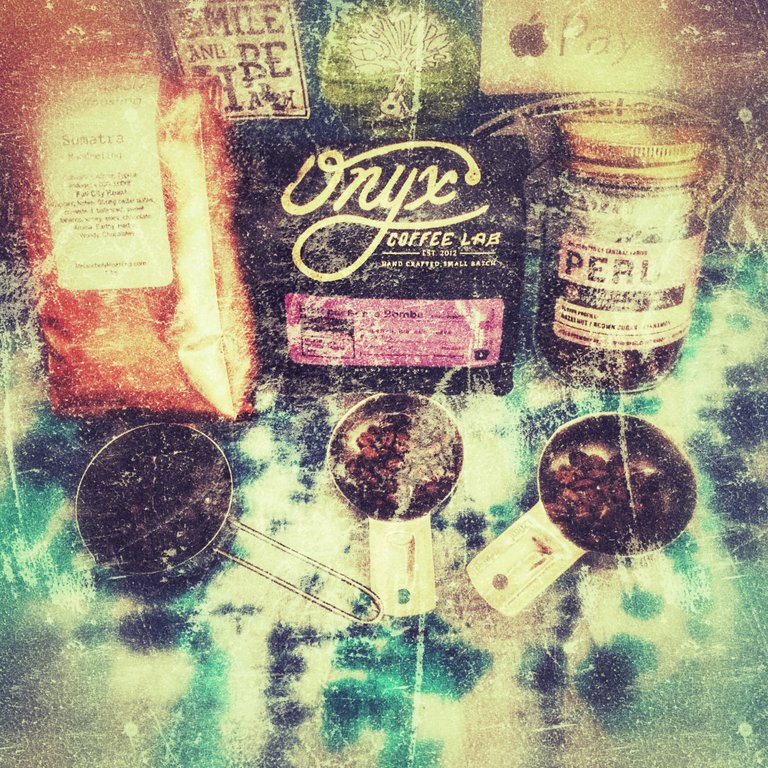
If you have never experienced it, a coffee cupping is a method of tasting the full flavor and experience of a coffee. The coffee is fully extracted, in that you do not at any point separate the grounds from the water. The crust is left in-tact until you actually prep to taste, and the coffee is tasted from a cupping spoon at various points of temperature through the cooling process, and notes in flavor, aroma, aftertaste, mouthfeel, acidity, body, balance, sweetness, and uniformity are observed at all points.
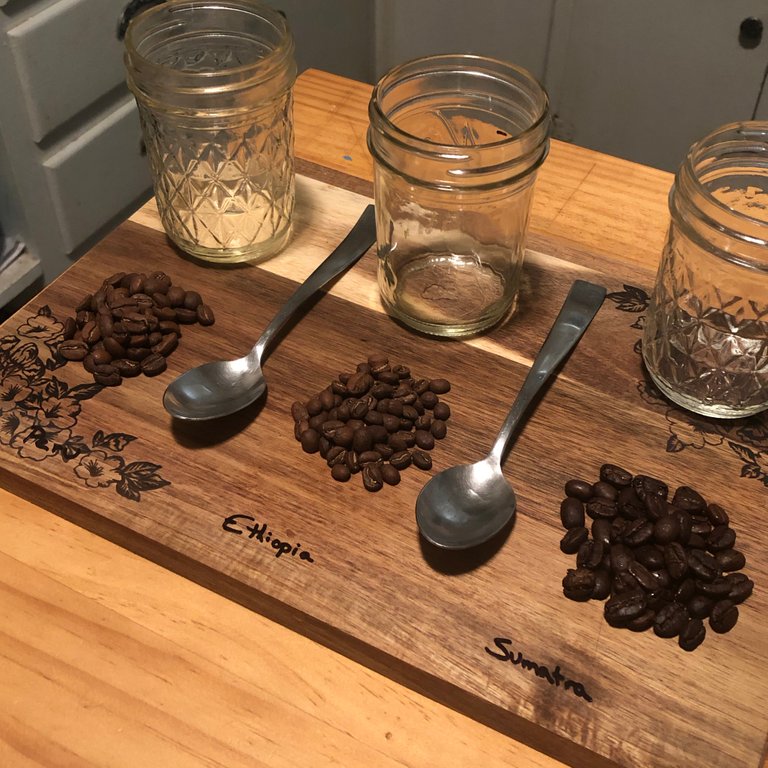
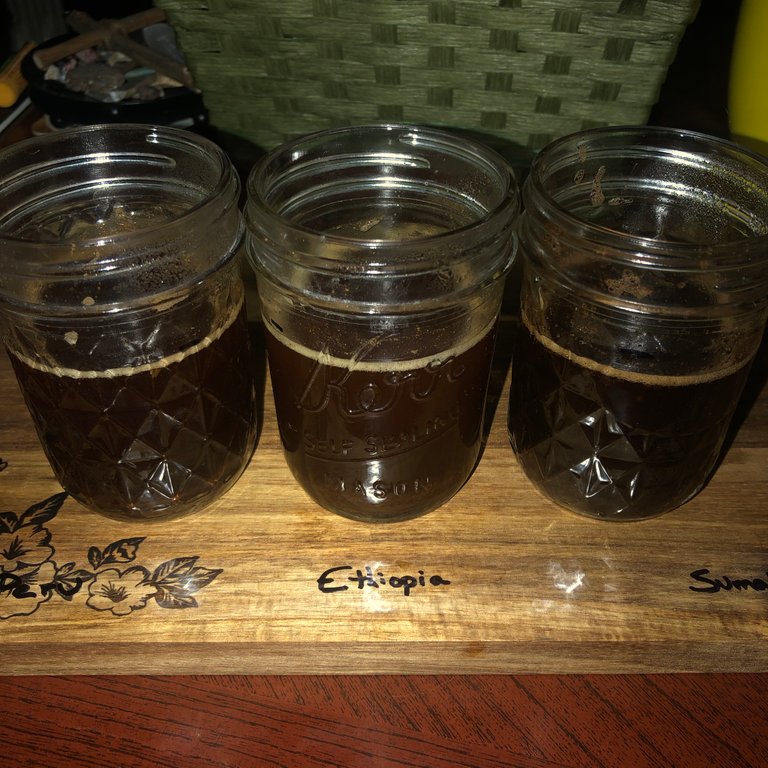
In the SCAA standard cupping method I used, which was 8.25g of filter-grind coffee to 150ml of 200ºF water, I tasted notes closest to the bag notes—but it still had a bit of that musty aroma, although bright nuts and dried fruit did outweigh the the nose, and it wasn’t unpleasant.
In defense of the coffee, and at the risk of sounding like an apologist for a coffee I wasn’t crazy about, I have wondered if my sense of mustiness in the coffee could actually be confused with the hibiscus notes that were noted...because I never tasted nor smelled flowers. However, sometimes floral smells and aromas can be confused with the opposite, and I’m not even about to profess that my nose is the greatest ever. I’m working toward perfecting my nose—but I’m not there yet, for sure.
But I digress—in the cupping, I did taste tropical fruit (mango), citrus (grapefruit), along with a smooth milk chocolate. It is definitely a modern-tasting coffee, and that rings true to the bag notes.
Its mouthfeel was of a steeped black tea (also true to the bag notes), and was nicely astringent. The aftertaste was a fruity and clean apricot. I honestly enjoyed the mouthfeel and acidity of this coffee the most in the cupping. I like a juicy and bright acidity, and it delivered in that regard.
However, a cupping isn’t a real cup of coffee, and I really prefer it when a coffee rings true to its bag notes when it is brewed in some of the more traditional methods for actually drinking coffee, rather than tasting coffee.
Had I chosen to score the coffee through the Aeropress or the Chemex, it definitely would not have scored as high. I prepared it once as cold brew, and was really pleased with how it turned out, but with my craft coffee budget being limited, I definitely cannot afford to drink this coffee as a cold brew. It’s just not cost effective, even though it delivers a smooth and fruity profile in a coarse grind cold brew 15-hour extraction process.
Overall, this coffee rings true to a modern and complex cup. It’s confusing, and that intrigues me. It honestly might be the most confusing coffee I’ve ever tried, which has to mean something—and I honestly think that’s probably something that I’d count as a plus.
It has a nice acidity and mouthfeel, and is a very clean cup of coffee—no matter the preparation. However, it just did not meet my expectations of the profile notes except in the SCAA-standard cupping, and I just don’t think cupping notes should determine the advertised profile of a coffee. Most people aren’t cupping coffee—they’re drinking coffee. We’re out here brewing drip coffee, Aeropressing, and pouring over. I just prefer a coffee that translates true to its profile in its drinkability.
A few more notes:
I have by no means given up on Onyx Coffee Lab, however. When I visited their Bentonville, Arkansas Coffee Lab, the brewed coffee Southern Weather was one of the best cups of drip coffee I’ve ever tasted, and I have a bag of their Geometry Blend currently on its way to my house. They’re an elite roaster, and their baristas are some of the best in the country. They also have some great tutorials on their brewing methods and best practices on their Instagram, which I’ve spent probably way too much time studying.
I have high hopes for this bag in the mail, too—so my faith is by no means shaken. I just didn’t get into this Ethiopian as much as I expected—I still have a few beans left and plan on preparing them some additional ways. I would like to experiment a bit more with grind size, temperature, and extraction time in my Chemex before I totally give up on its ability to follow through with its promises, but up to this point—despite the various methods of preparation—the best way to experience this coffee was in a cupping, which just isn’t practical.
Cover image stock photography sourced from [Pexels.com](http://www.pexels.com), and all editing was done by me in Phonto and Fused for iOS. All other photographs were taken by me on an iPhone.
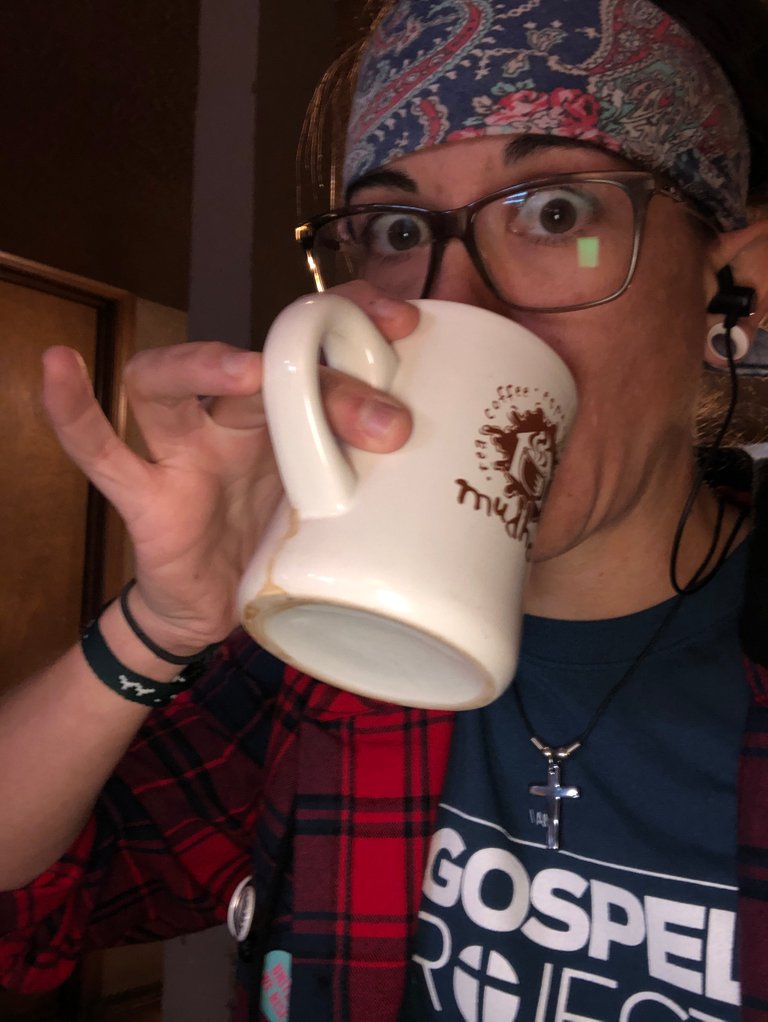
Thank you for reading this installment of Coffee Critic Culture on Hive. If you enjoyed this kind of in-depth info about this coffee, please drop me a note in the comments. I will be writing again soon in a series on brew methods using Aeropress, Chemex, and regular drip coffee makers. If there are coffee topics you’d like to see discussed here, please let me know that, too. I hope to have some good discussions about coffee on Hive, and I hope to share some good information that coffee hobbyists want to know.